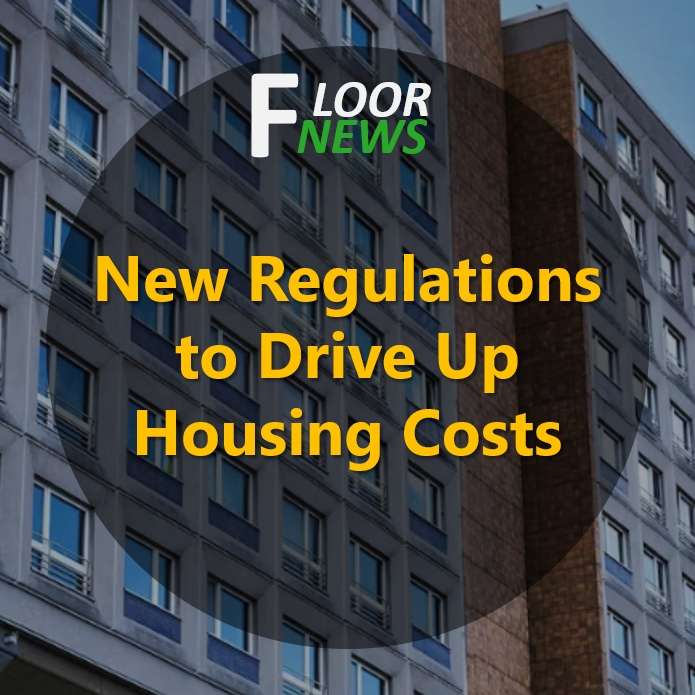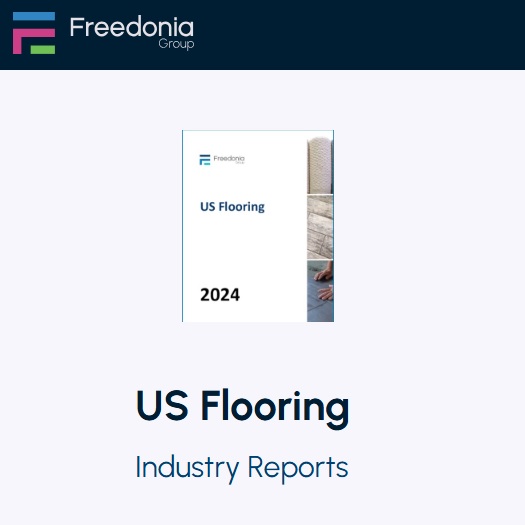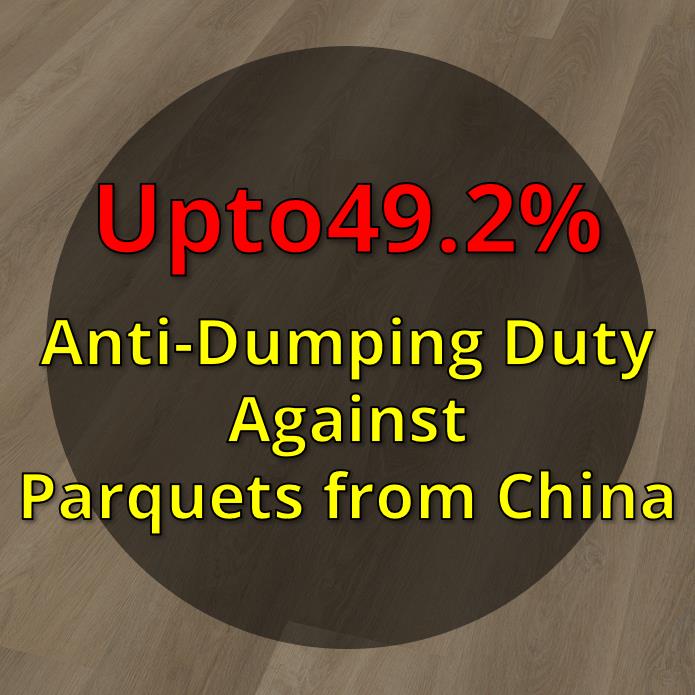The latest study by MetroSight economists, backed by the National Apartment Association (NAA) and the National Multifamily Housing Council (NMHC), indicates that excessive regulations could harm rental housing affordability by raising operating costs and discouraging new construction. This could lead to higher housing costs and reduced availability and housing affordability for Americans.

NAA President Bob Pinnegar emphasized that the research highlights how regulations increase expenses for both housing providers and renters. He urged policymakers to reject harmful regulations in favor of sustainable solutions that enhance housing supply and lower costs. NMHC President Sharon Wilson Géno noted the significance of this research in informing lawmakers about the potential negative impacts of proposed policies on housing affordability.
The study examined various regulations, including source-of-income laws, eviction statutes, and screening restrictions, finding that:
- Source-of-income laws can raise operational costs by over 10% due to complex leasing processes.
- Just cause eviction laws and right-to-counsel statutes may increase collection losses by more than 37% because of extended eviction timelines.
- Screening restrictions can boost capital expenditure costs by over 17% as providers upgrade properties to comply with these laws.The econometric study analyzed data from the NAAs Survey of Operating Income and Expenses in Rental Apartment Communities, which has been conducted annually from 2004 to 2021, covering 600,000 to 850,000 units nationwide.
Finding a balance between protecting renters and controlling costs is challenging. While addressing housing affordability is urgent, there is limited research on the impact of related legislation. The NAA’s data provides a unique chance to examine housing providers’ operations and assess how policies affect housing outcomes, according to Issi Romem, Ph.D., MetroSight Economist and Founder.
Implication for Flooring Sectors
As housing and rental prices continue to rise, the flooring industry is likely to encounter significant challenges stemming from a growing price sensitivity among both consumers and homeowners. This shift in consumer behavior indicates that individuals are becoming more cautious about their spending, particularly when it comes to home improvement and renovation projects. As a result, higher-end flooring options, such as premium hardwood and engineered wood products, may experience a decline in demand. Consumers are increasingly inclined to seek out more budget-friendly alternatives, leading them to consider less expensive flooring solutions like vinyl planks and laminate flooring.
In this evolving market landscape, certain types of flooring still hold distinct advantages. For instance, rigid core SPC (Stone Plastic Composite) flooring and Click LVT (Luxury Vinyl Tile) flooring stand out due to their user-friendly installation process. The click-and-lock mechanism not only simplifies the installation procedure but also significantly reduces the time and labor costs associated with laying down new flooring. This feature can be particularly appealing for DIY enthusiasts or contractors looking to maximize efficiency on their projects.
Moreover, in the context of multifamily housing developments, dry back LVT flooring is expected to gain considerable traction. This type of flooring is favored for its affordability, as it typically represents the lowest price point within the vinyl flooring category. By opting for dry back LVT, developers and property managers can achieve substantial savings on material costs, which is a crucial factor in an industry where profit margins can be tight. Overall, while the flooring sector faces challenges due to rising costs and changing consumer preferences, there remain viable options that cater to the needs of cost-conscious buyers without compromising on quality.




